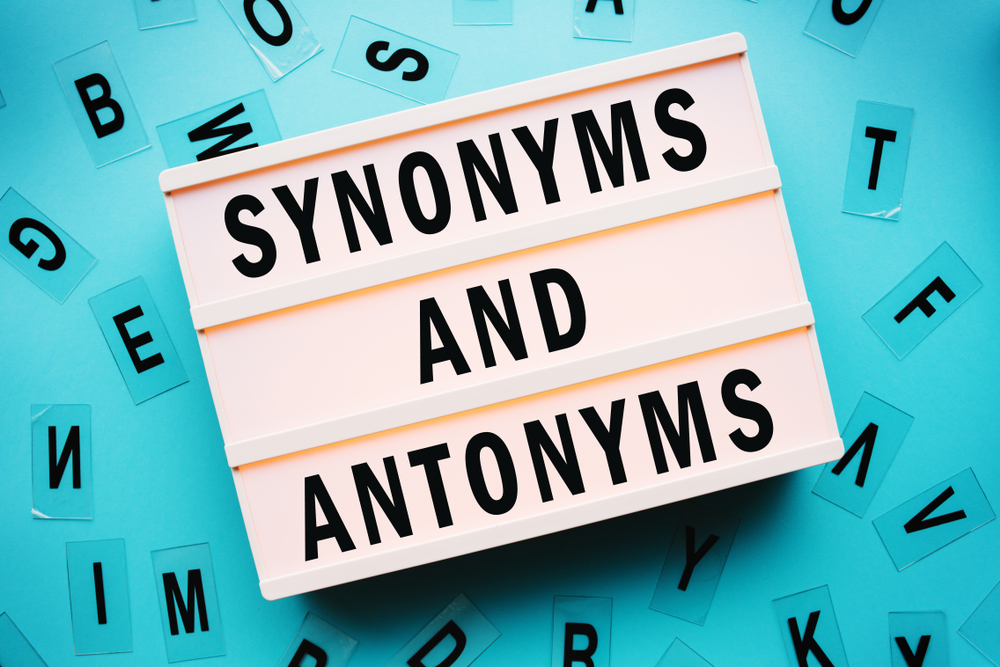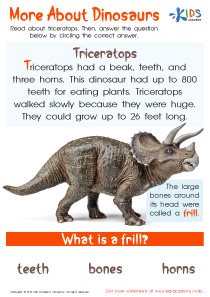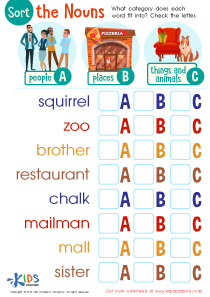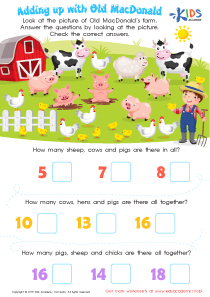Color recognition Easy Grade 3 Building Vocabulary Worksheets
6 filtered results
-
From - To
Unlock a world of vibrant learning with our "Color Recognition Easy Grade 3 Building Vocabulary Worksheets"! Designed specifically for third graders, these engaging worksheets help students enhance their vocabulary while developing essential color recognition skills. Each activity encourages creativity and critical thinking, making learning both fun and educational. Your child will explore colors through persuasive visual aids, interactive exercises, and exciting challenges that cater to varied learning styles. Perfect for classroom or home use, these worksheets invite young learners to express themselves while reinforcing color-related vocabulary. Dive into the colorful learning experience today and watch your child's language skills flourish!


Red and Blue Coloring Fun Worksheet
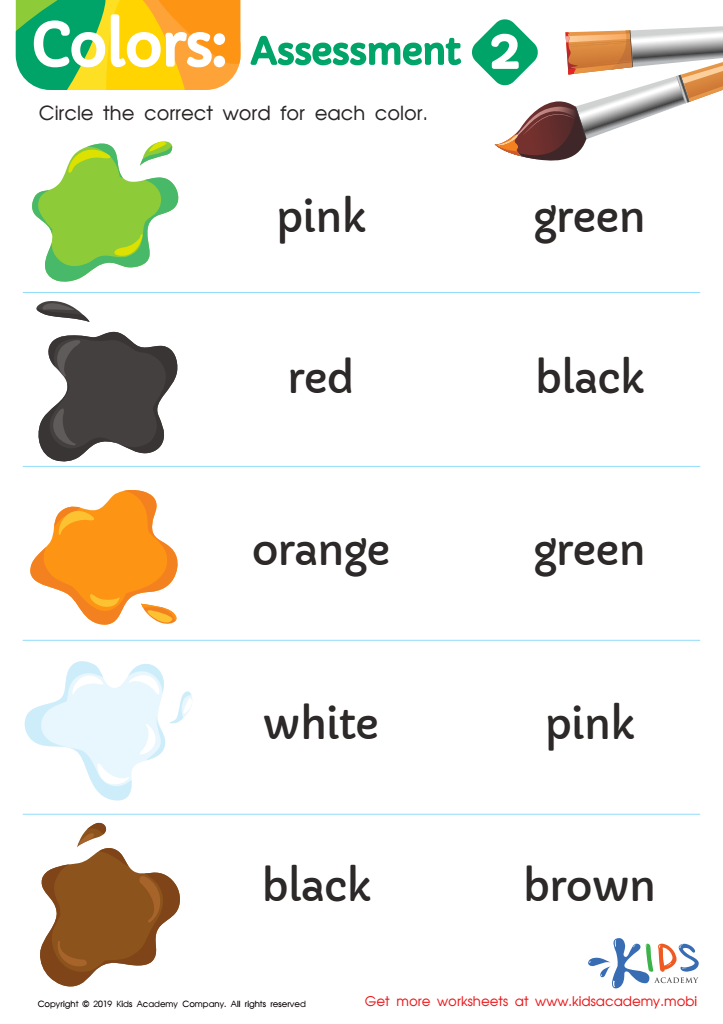

Colors: Assessment 2 Worksheet


Colors: Assessment 1 Worksheet
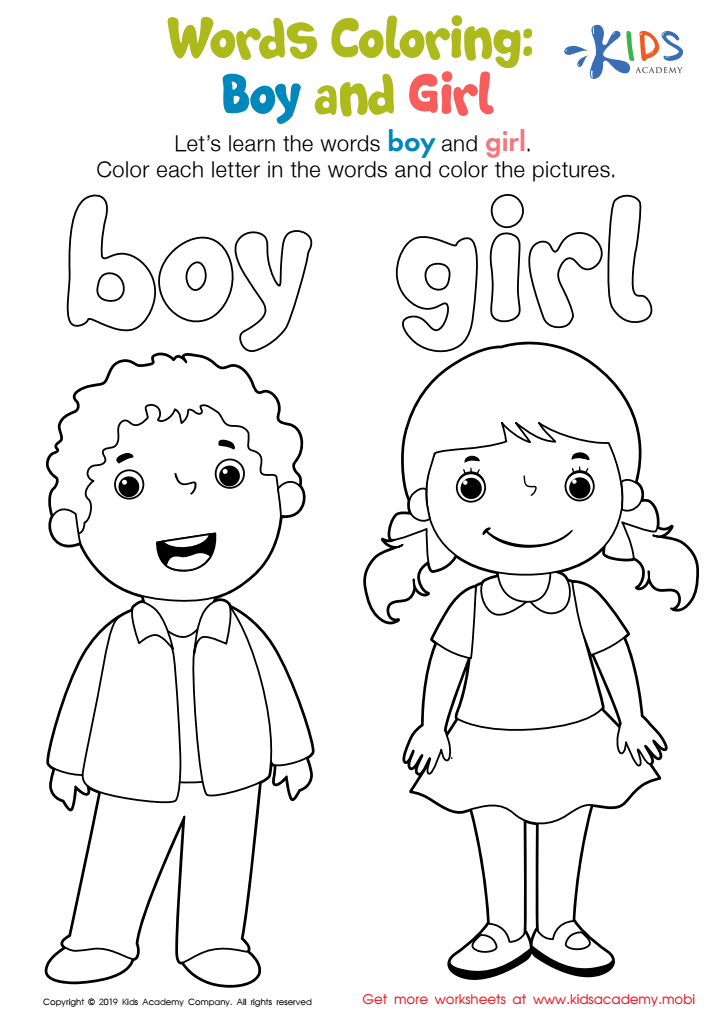

Boy and Girl Words Coloring Worksheet


Tired and Worried Words Coloring Worksheet
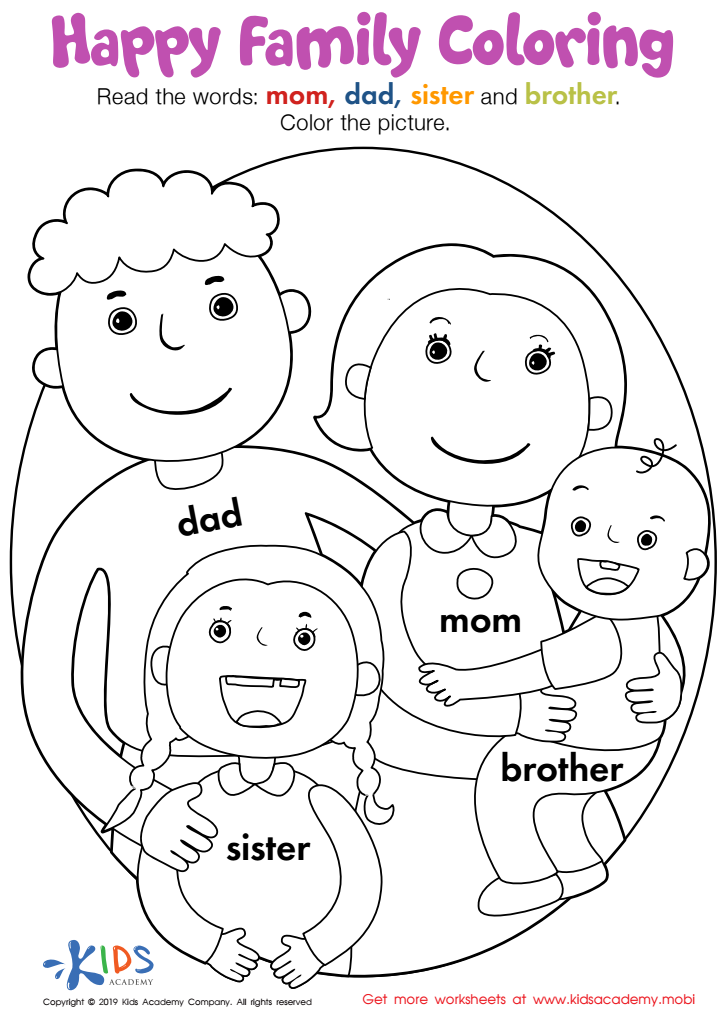

Happy Family Coloring Worksheet
Color recognition is a fundamental skill that plays a crucial role in early childhood development, particularly in Grade 3. Parents and teachers should prioritize this skill for several reasons. Firstly, understanding colors helps children communicate and express themselves more effectively. When children can identify and name colors, they can engage in conversations about their surroundings, enhancing their vocabulary and language skills.
Secondly, early color recognition supports cognitive development and critical thinking. It enables children to categorize, identify patterns, and engage in problem-solving activities, which are essential for their overall academic growth. Moreover, color concepts often appear in subjects like art and math, laying a foundation for deeper learning across various disciplines.
Additionally, engaging with colors aids in social and emotional development. Activities centered around colors can promote cooperative learning and social interaction, facilitating relationships among peers. Finally, recognizing colors may boost children's confidence as they participate in creative projects and classroom discussions, allowing them to express their individuality.
In sum, nurturing color recognition in Grade 3 not only fosters essential cognitive and communication skills but also enhances social connections and self-esteem, making it an invaluable focus for parents and teachers alike.
 Assign to My Students
Assign to My Students


